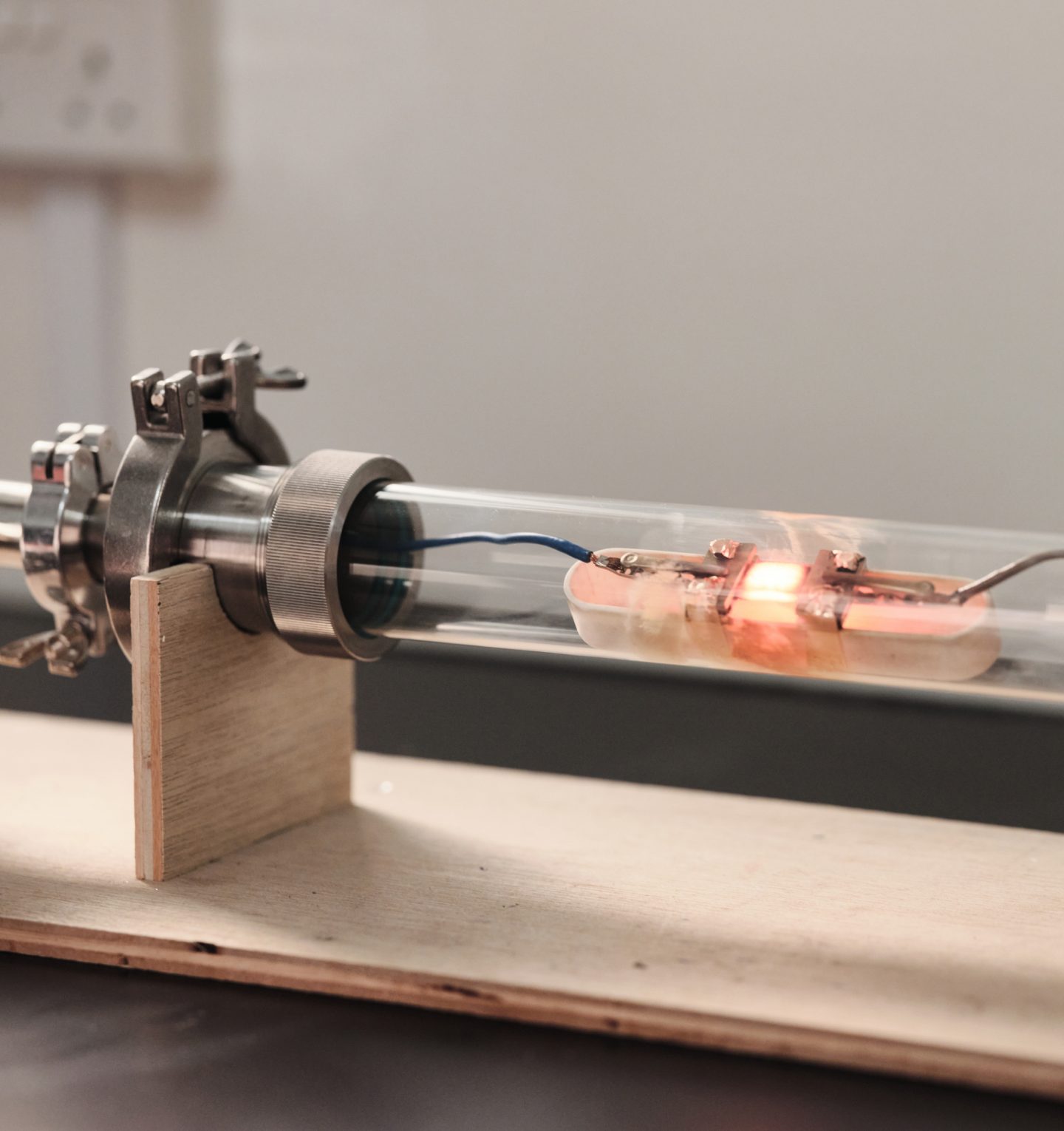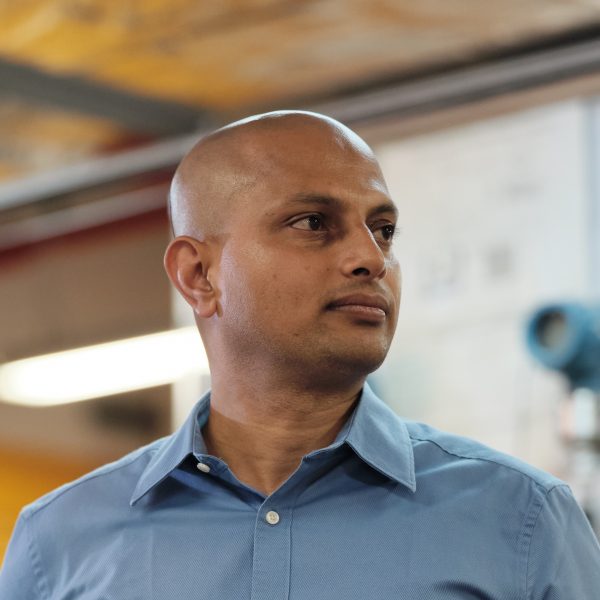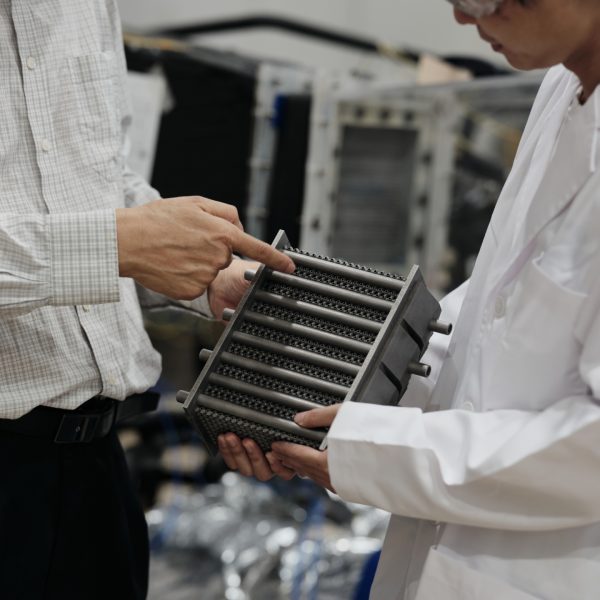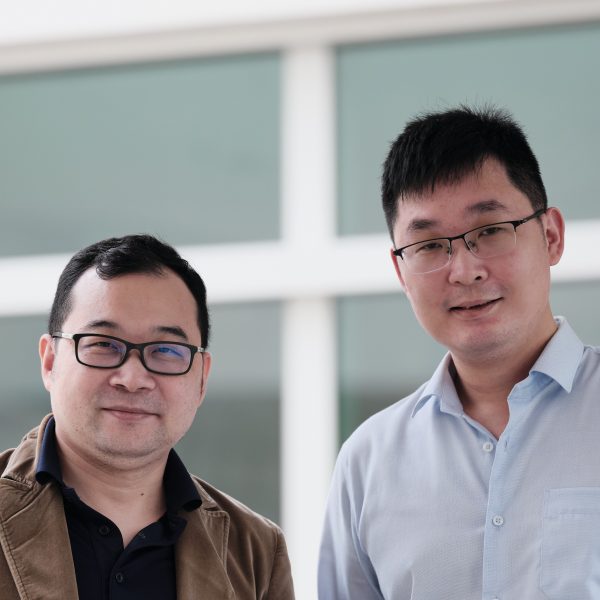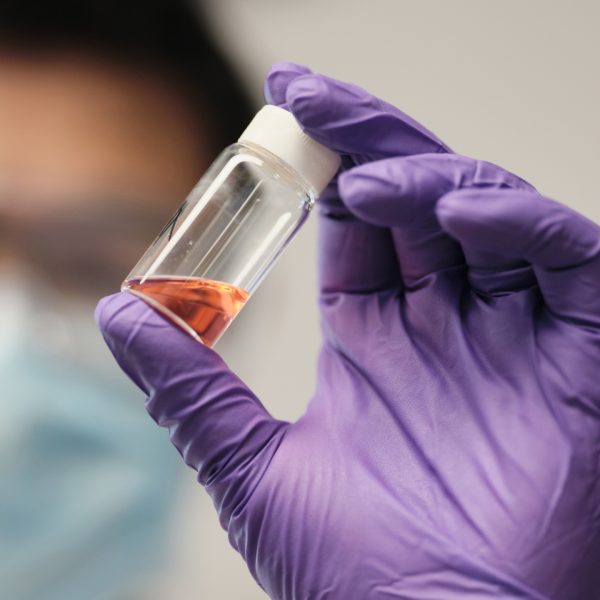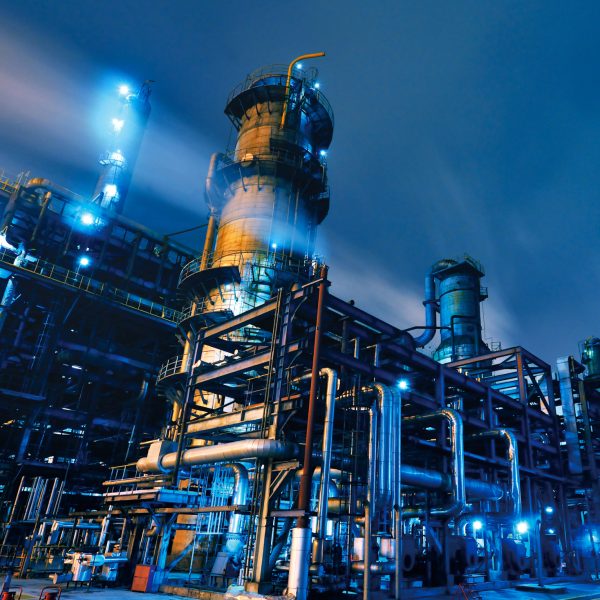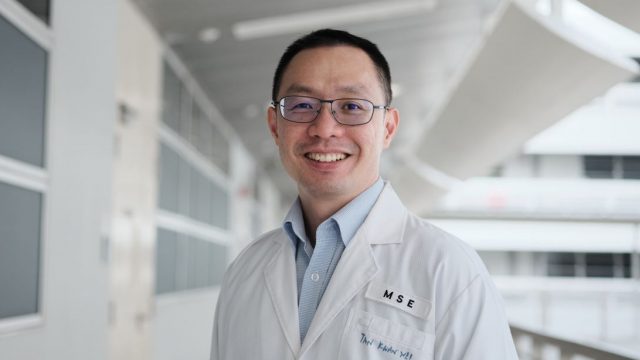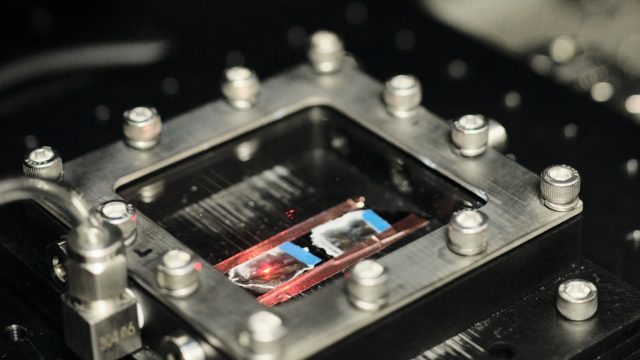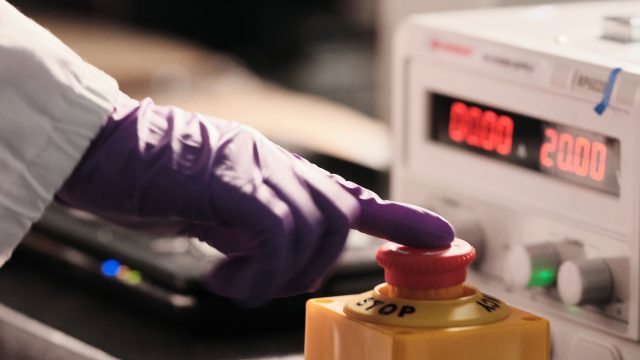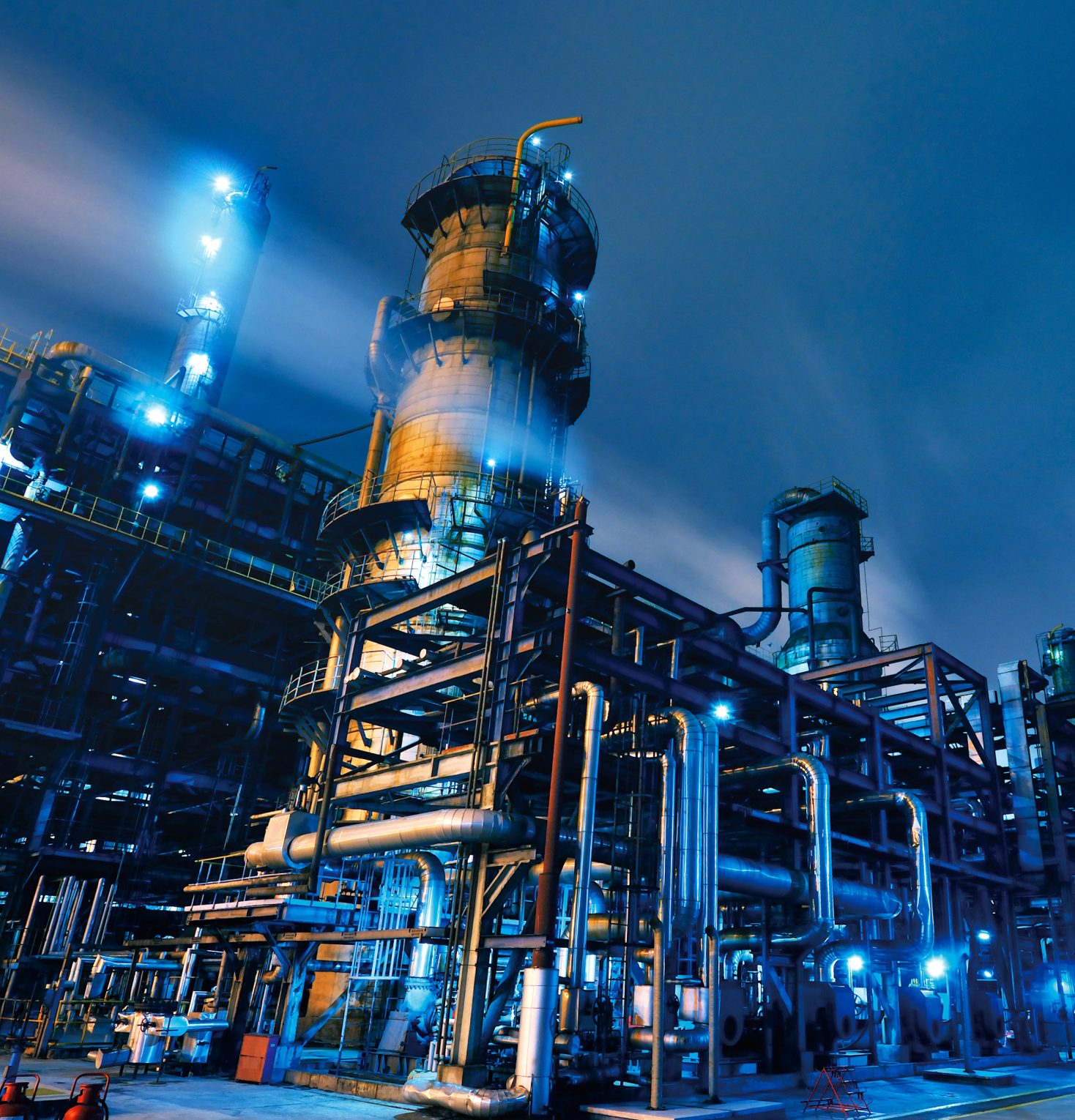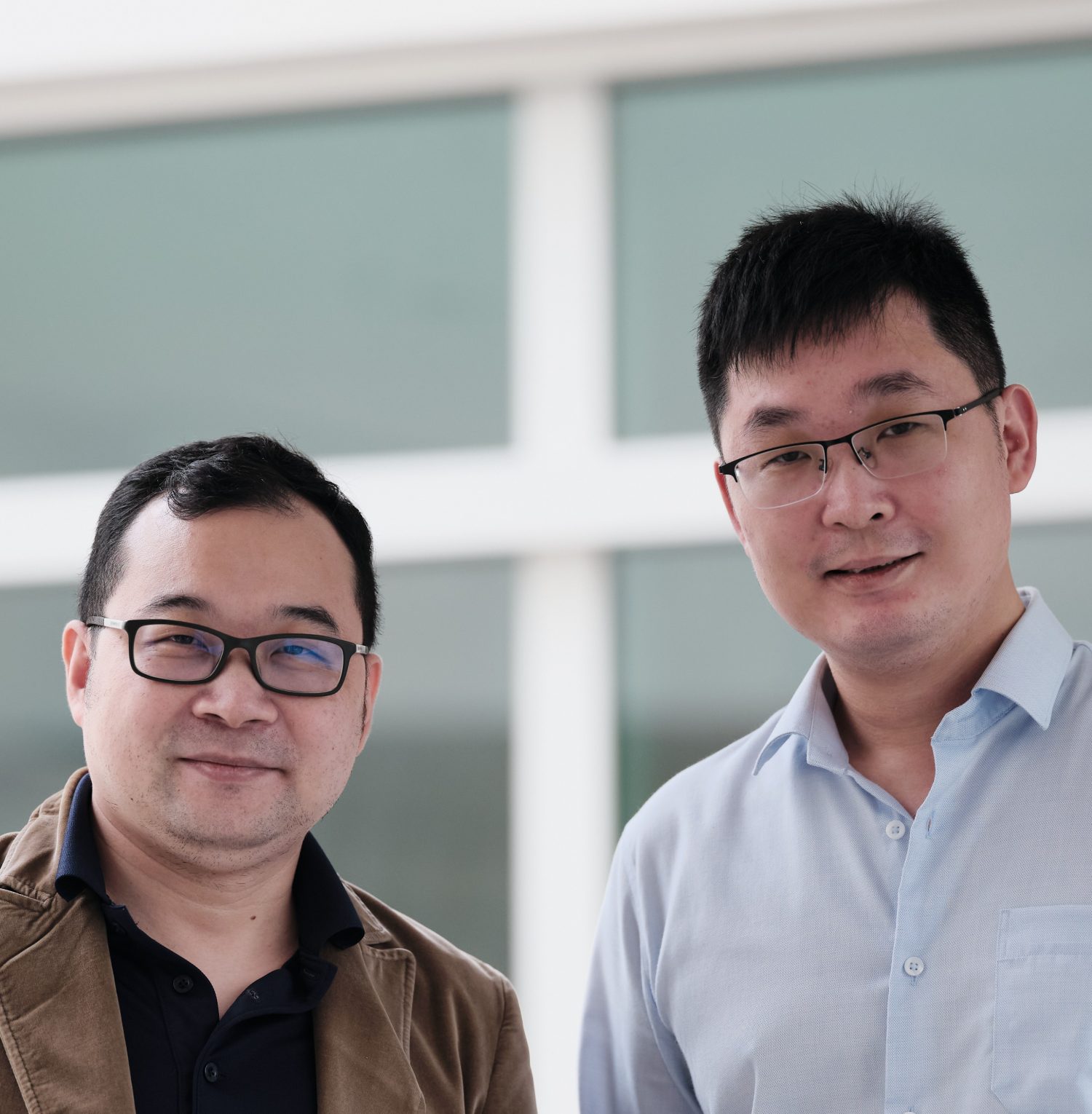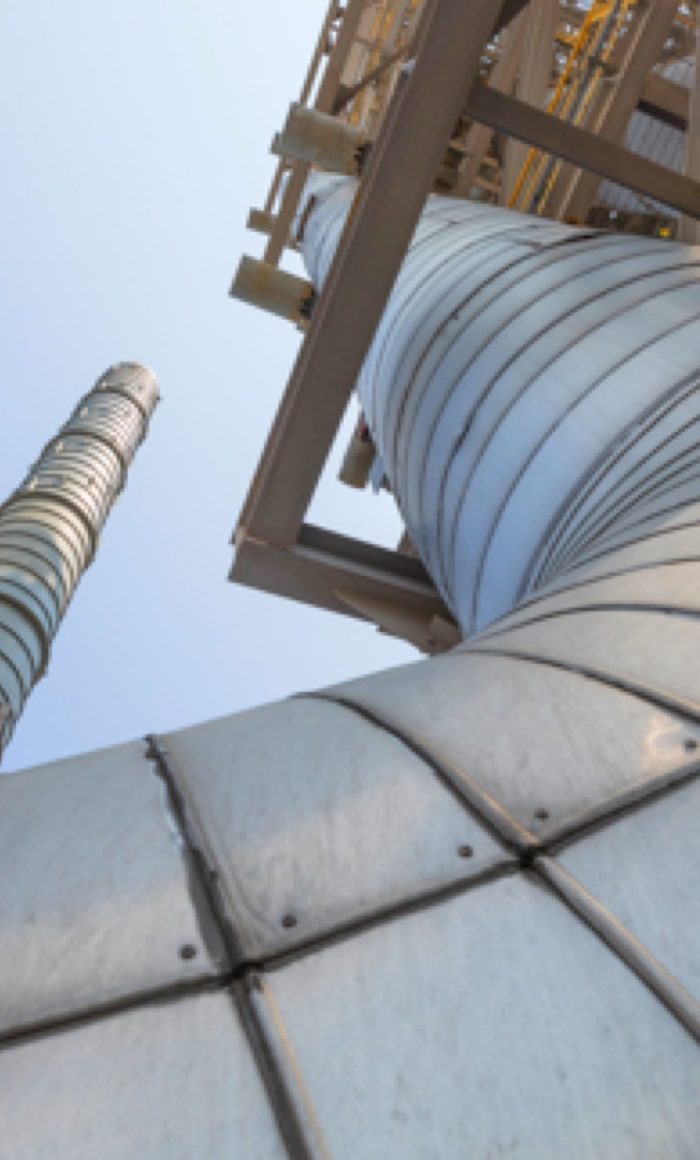Nanomaterials, lasers and ‘supertoasters’ are helping to create the next generation of carbon capture technology.
Tan Kwan Wee and researchers at Nanyang Technological University have developed porous nanomaterials with highly ordered architectures from self-assembling building blocks that work like magnets to attract and capture carbon dioxide.
The captured CO2 can then be processed and stored safely and permanently underground, helping to reduce emissions.
Tan says the solid state nanomaterials they have developed – which are predominantly made from aluminum oxide – can stack themselves into larger structures.
These are then heated up – while wedged between two pieces of carbon felt, like bread in a toaster – to temperatures above 1,200 degrees Celsius in only five to ten seconds, creating holes. These materials serve as the ideal sponges to capture and trap carbon dioxide.
Other nanomaterials can also be prepared by superheating them with lasers in sub-seconds to temperatures above 1,500 degrees Celsius for use in other low-carbon technologies such as hydrogen production from water splitting.
Tan says technology like this, and other innovations being developed at the Singapore Energy Centre, can help to reduce carbon emissions throughout Asia Pacific.
Meet the scientists behind this research; find out more about the role of the Singapore Energy Centre and ExxonMobil in supporting their studies; and discover the important role carbon capture and storage technology will play in powering a lower emissions future.
